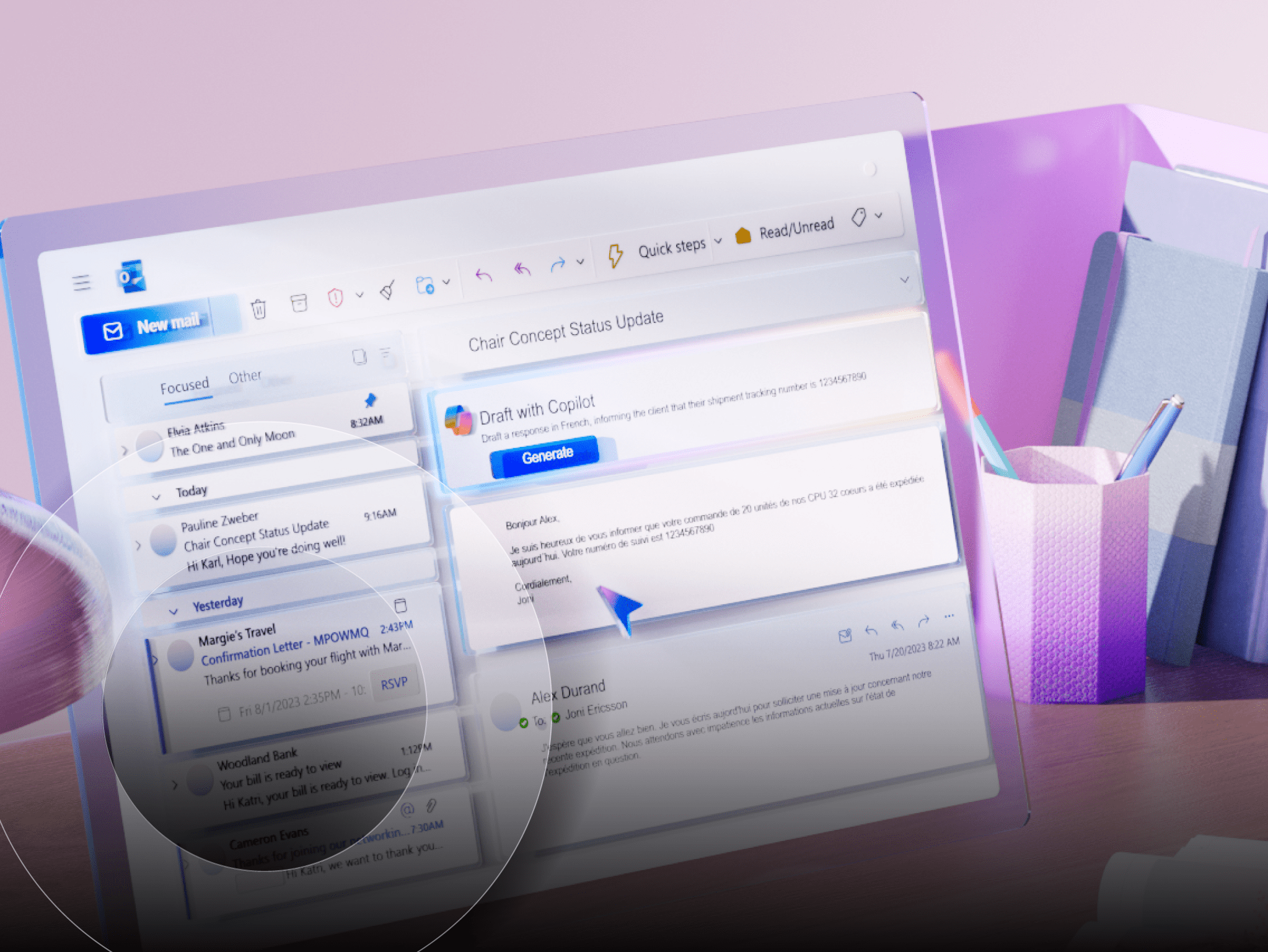Microsoft’s November licensing shift: What it means for EA customers:
Here's what you need to know and do before November 1, 2025.

The facts
On August 12, 2025, Microsoft announced a major change to its volume licensing structure that will take effect on November 1, 2025. This change impacts Enterprise Agreement (EA) customers — including Enterprise Enrollment, Enterprise Subscription Enrollment, and Server and Cloud Enrollment — as well as customers under Online Services Premium Agreement (OSPA) and the Microsoft Products and Services Agreement (MPSA).
Key highlights:
- Elimination of volume discounts for Online Services: Microsoft will eliminate automatic price level discounts (Levels B–D) for Online Services. These levels will remain in name but will all default to Level A pricing, which matches the public Microsoft.com list price.
- Scope of impact: This affects commercial and government EA customers globally, excluding U.S. Federal, State, and Local Government and Education customers.
- Products affected: All Online Services — including Azure, Microsoft 365, Dynamics 365, Windows 365, and Security/Compliance/Identity offerings. On-premises software is not impacted.
- Timing: The change applies to any Online Services not already priced on a customer’s price sheet after November 1, 2025, or at the time of renewal for agreements renewing on or after that date.
This move aligns with Microsoft’s broader pricing simplification strategy, which began with Azure in 2017 and continued through the removal of Level A discounts in 2018 and the introduction of single starting prices for new Online Services in 2023.
What you need to know
While the announcement is positioned as a simplification, the implications for customers — especially large EA holders — are significant. Here’s what this change really means and what actions customers should consider:
1. Pricing negotiation dynamics are shifting
Microsoft is moving away from quantity-based discounts and toward consumption and revenue-based negotiations. This mirrors Azure’s pricing model, where discounts are tied to commitment and growth rather than volume. Customers should expect Microsoft to focus more on strategic value and long-term spend rather than desktop counts.
2. The agreement landscape is also shifting
With EA pricing flattened, Cloud Solution Provider (CSP) programs may become more attractive for some customers. CSP partners can still offer discounts and value-added services, and the starting price may now be more competitive than EA for Levels B–D. While this change may be closing one door, others may be opening and now is the best time to take a fresh, deep look at the agreement landscape.
3. Urgent action required before October 31
Customers with Level B–D pricing should review their product roadmap immediately. Any Online Services not currently on the Customer Price Sheet must be added before October 31 to retain current discount levels. There are several ways to accomplish this, so it’s best to call SHI and let’s map it out. For now, be thinking about anything you plan to do between now and your next renewal and make a list. Then we can figure out how best to execute that list with the options available.
4. What about an early renewal to try and lock in the volume discount for longer?
Microsoft retains the right to deny early or short-form renewals, especially if they conflict with its strategic direction. Customers should not assume renewals will follow historical patterns and should consult their agreements closely.
5. Government and education: Unchanged for now
While U.S. Government and Education customers are excluded from this change, there’s speculation that these sectors may face similar adjustments in the future. The current Level D pricing advantage may not be permanent.
Final thought
This is arguably the most significant change to Microsoft’s EA program since 2003. While Microsoft frames it as simplification, the reality is a fundamental shift in how pricing, negotiation, and partner value are structured. Customers should act quickly to protect their pricing, reassess their licensing strategy, and engage with trusted advisors to navigate the new landscape.
Existing SHI customers can contact their account reps to set up a meeting with a Microsoft licensing specialist from our Microsoft and Software Advisory Group. Other organizations requiring assistance with their Microsoft EA renewals can reach out directly to our licensing experts.





